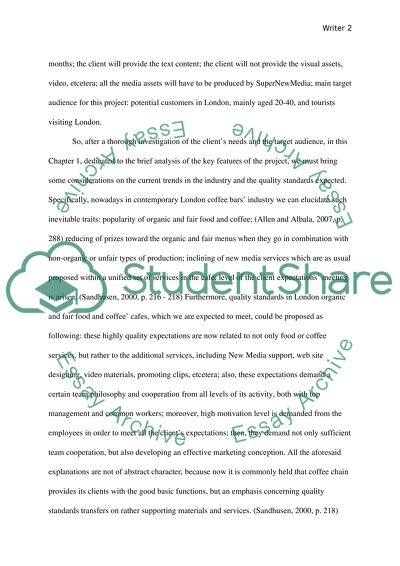Cite this document
(“Happy Coffee: Key Features of the Project Coursework”, n.d.)
Happy Coffee: Key Features of the Project Coursework. Retrieved from https://studentshare.org/journalism-communication/1441411-supernewmedia-ltd-has-been-commissioned-a-web-site
Happy Coffee: Key Features of the Project Coursework. Retrieved from https://studentshare.org/journalism-communication/1441411-supernewmedia-ltd-has-been-commissioned-a-web-site
(Happy Coffee: Key Features of the Project Coursework)
Happy Coffee: Key Features of the Project Coursework. https://studentshare.org/journalism-communication/1441411-supernewmedia-ltd-has-been-commissioned-a-web-site.
Happy Coffee: Key Features of the Project Coursework. https://studentshare.org/journalism-communication/1441411-supernewmedia-ltd-has-been-commissioned-a-web-site.
“Happy Coffee: Key Features of the Project Coursework”, n.d. https://studentshare.org/journalism-communication/1441411-supernewmedia-ltd-has-been-commissioned-a-web-site.


